The oldest stars in the Universe are cloaked in darkness. Their redshift is so high, we can only wonder about them. The James Webb Space Telescope will be our most effective telescope for observing the very early Universe, and should observe out to z = 15. But even it has limitations.
To observe the Universe's very first stars, we need a bigger telescope. The Ultimately Large Telescope.
The Ultimately Large Telescope (ULT) is just a concept at this point. No doubt the James Webb Space Telescope will show us a lot about the early Universe, but we all know we'll want an even more powerful telescope in the future. That's how we grow our knowledge.
The desire to build the ULT is driven by our insatiable curiosity. We want to know more about the early days of the Universe, and the stars that lived there. In a paper, a group of scientists outline what the ULT will be, why it's necessary, and how it'll work.
The title of the new paper is " The Ultimately Large Telescope - what kind of facility do we need to detect Population III stars? " Lead author is Anna Schauer, a Research Affiliate in the Department of Astronomy at the University of Texas, Austin. The paper is available at the pre-press site arxiv.org.
Stars are divided into three populations: population 3, population 2, and population 1. Pop 3 stars are the most ancient, the first stars to form, and consisted only of elements from the Big Bang: hydrogen, a little helium, and tiny amounts of lithium and beryllium. Because they're the first stars, they have very low metallicity. (In astrophysics, anything heavier than hydrogen and helium is considered a metal.)
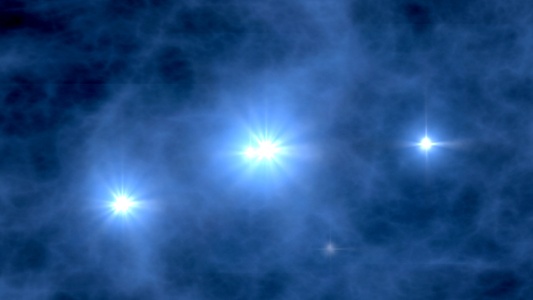
Pop 2 stars came next. As the Pop 1 stars lived and died, they fused heavier elements and spread them out into the Universe. Pop 2 stars are formed from some of that matter, so they have higher metallicity than Pop 1 stars.
Pop 1 stars are the "third generation" of stars. As third generation stars, they have an even higher metallicity than Pop 2 stars. Each generation of stars creates more metals to be taken up by the succeeding generation.
Our own Sun is a Pop 1 star. It has a high metal content for a star, at about 1.4 percent. So even though astronomers speak of high metallicity in stars, the overwhelming mass of a star is still hydrogen.
Pop 3 stars hold a lot of secrets about the early Universe, and astronomers want access to those secrets.
Infrared telescopes have the power to see into the distant past. The James Webb observes in the near-Infrared (NIR) to see the red-shifted light from the earliest galaxies. But it can't break the barrier to see even further back, when there were no galaxies, only stars.

To do that, we need the ULT.
Since the first stars had almost no metals, they formed and evolved differently. Researchers think that they were more massive than later populations, hundreds of times more massive than the Sun in fact. They also burned their fuel rapidly, and lived shorter lives.
Scientists also theorize that most of these Pop 3 stars exploded as pair-instability supernovae. In this terminology, "pair" doesn't mean binary pair. It describes the production of pairs of electrons and positrons in the star, that leads to the collapse of the star, then the runaway thermonuclear explosion of the star when it goes supernova.
But a lot of this is theory, based on our observations and understanding of the other populations of stars. Nobody's ever seen a Pop 3 star. Hence, the ULT.
The ULT needs to be powerful enough to find the "minihalos" that Pop 3 stars formed in. Current theory says that large galaxies form and exist inside halos of dark matter. Theory predicts that the Universe's Pop 3 stars also formed in halos, though much smaller. Finding the first stars means finding their halos.
When addressing the limitations of the JWST to find these halos, the authors wrote "However, even with this new facility
This brings us to the ULT itself. The ULT would need to have a 100 meter mirror. That's absolutely enormous, considering that the largest optical telescope under construction now-the European Extremely Large Telescope (EELT)-will have a 39.3 meter mirror made up of 798 separate segments. The EELT is already pushing the limits of our engineering, so a 100 meter mirror might be out of reach of our engineering technologies for a while yet. In their paper, the authors write that "While 100 m is evidently challenging, it is within the realm of possibility for mid-century technology."
But the size might not be the most interesting thing about this potential telescope. According to the authors, this monstrosity would have to be built on the Moon.
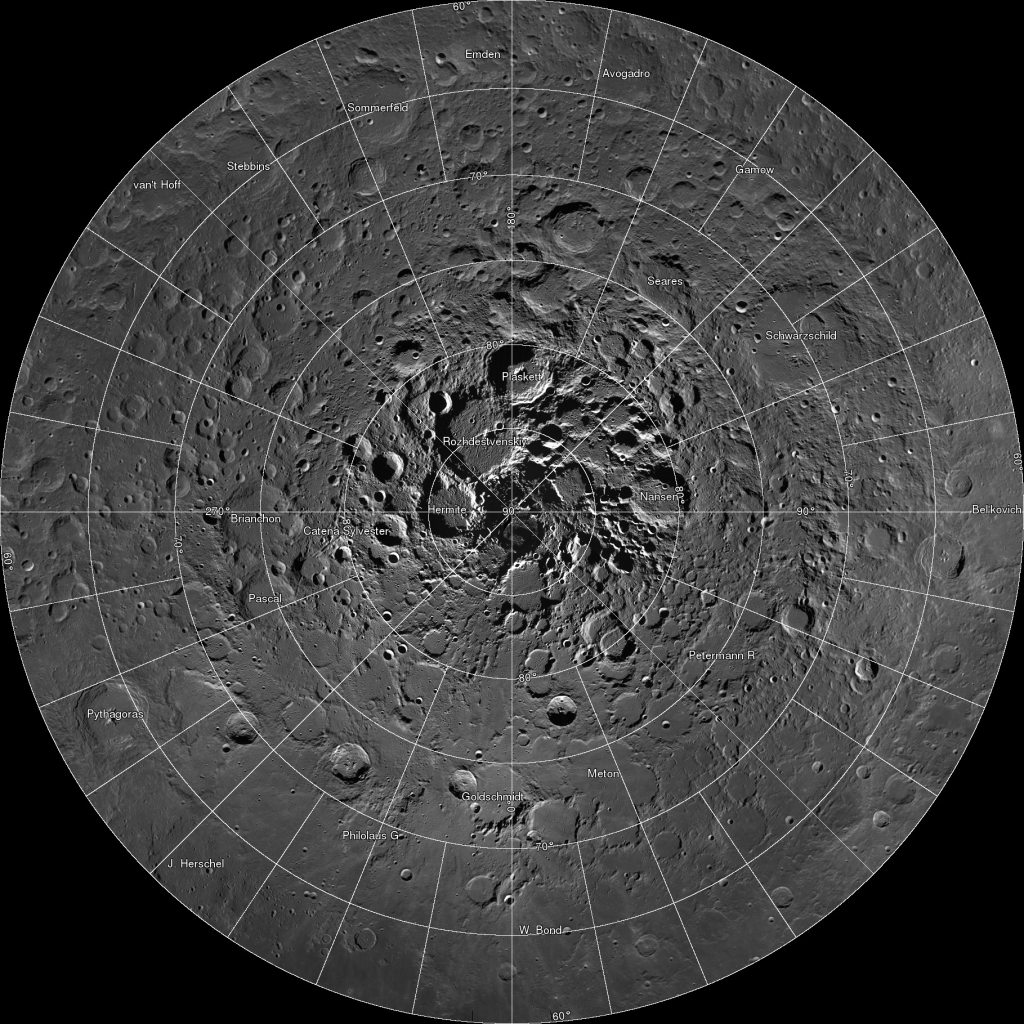
The Moon is the only really feasible location for the ULT. There's no way it could be launched into space, and parked in a LaGrangian halo orbit like the JWST. And it can't be built on Earth, where the atmosphere would disrupt its observations.
Referencing previous thinking into a Moonscope, the authors say that the ULT would best be built inside a lunar crater, where there's permanent shadow. Even then, it would still need to be cryogenically cooled. The ULT would be at the lunar pole, always pointing at the zenith, and it wouldn't have an articulated mount. While earlier thinking on a Moonscope talked about a liquid mirror, the new paper makes no mention of it.
Its target area would be limited by the precession of the Moon, and exposures could take as long as several days. The addition of some type of tracking facility like a moving prime focus platform could lengthen that exposure time.
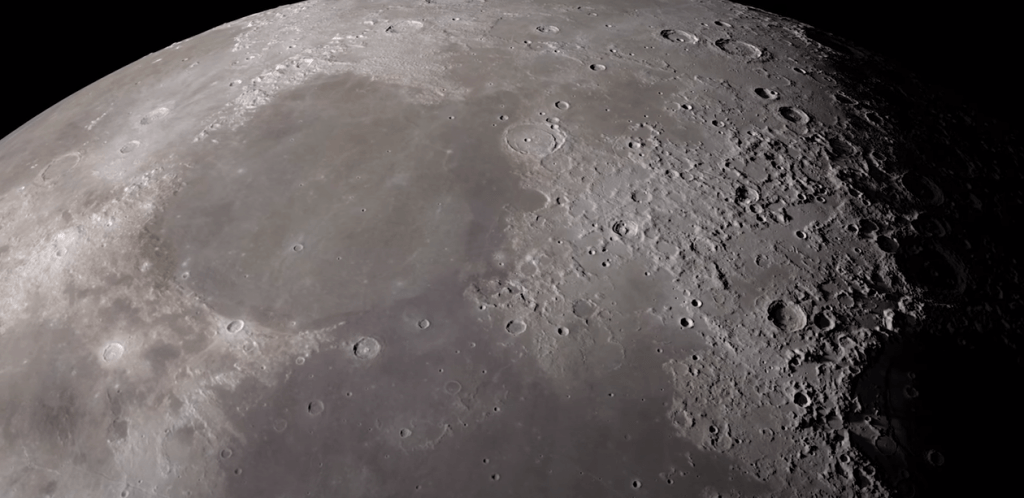
There's no plan to build this telescope yet, so the paper doesn't get into great technical detail. In fact, the paper itself is more concerned with what astronomers will use it for, and with models on how to use it.
But if it ever does get built-and we're betting it will, at some point-it probably won't be alone on the Moon. In fact, the Moon is looking like an ideal location for certain types of telescopes, especially radio telescopes.
NASA recently announced funding for a study into a radio telescope on the far side of the Moon. It's tentatively called the Lunar Crater Radio Telescope (LCRT.) Like its name says, it would be built inside the naturally concave shape of a suitable crater.
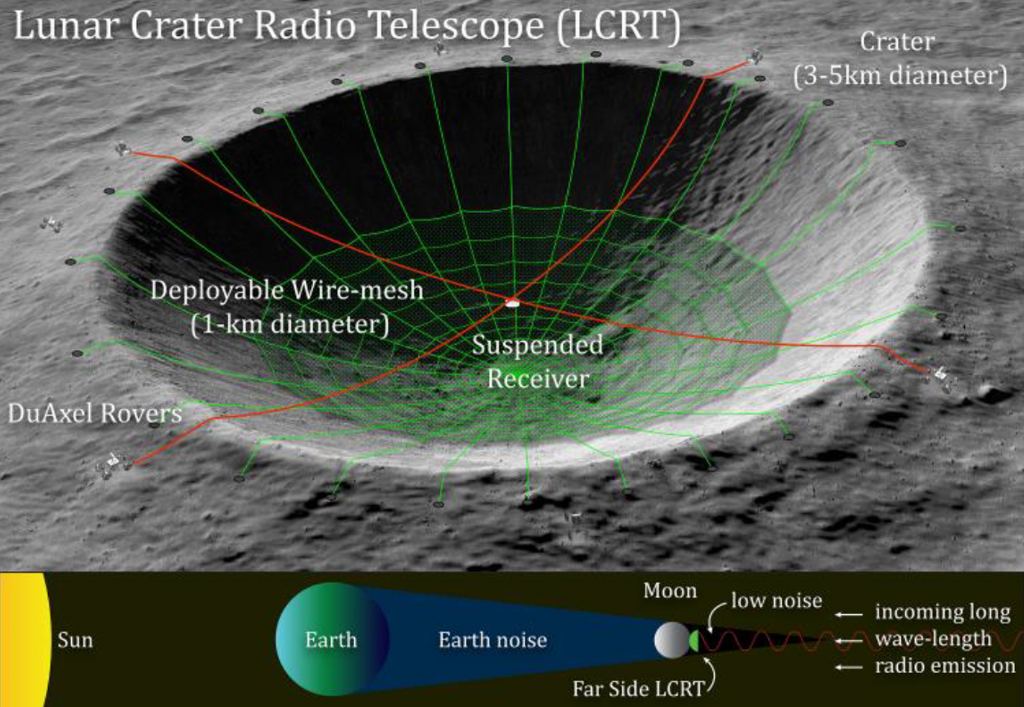
The idea of lunar telescopes goes all the way back to the Apollo era. During that time, an Apollo Project Scientist named Richard Vondrak imagined building radio telescopes inside lunar craters.
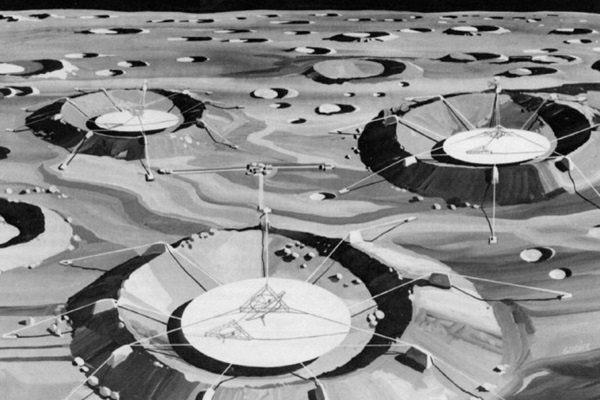
One of the Apollo missions actually did place a telescope on the Moon. When Apollo 16 landed on the Moon on April 21st, 1972, it carried an ultraviolet telescope that took 178 images of the Universe.
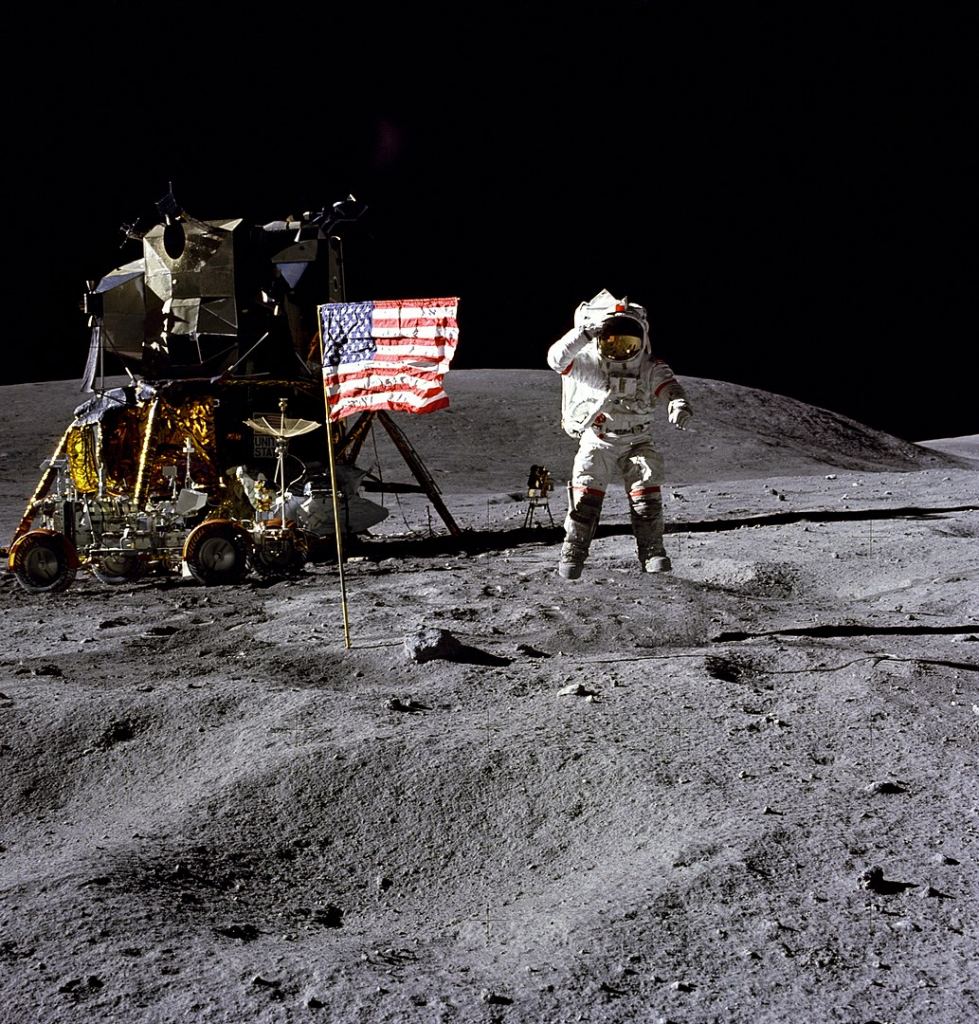
China has also brought telescopes to the Moon in more recent times. The Chang'e-3 lander took a remotely-controlled telescope to the Moon in 2013, and in 2019, their Chang'e-4 lander took a small radio telescope to the Moon.
But while these small telescopes are interesting, and the Apollo 16 telescope is part of space history, they barely belong in the same discussion as the ULT.
If the ULT is ever built, and if it has a 100 meter primary mirror, it could very well be one of humanity's ultimate engineering achievements. And by making observations of the Universe's first stars possible, it could finally answer some of the questions that stand in the way of our understanding of the Universe.